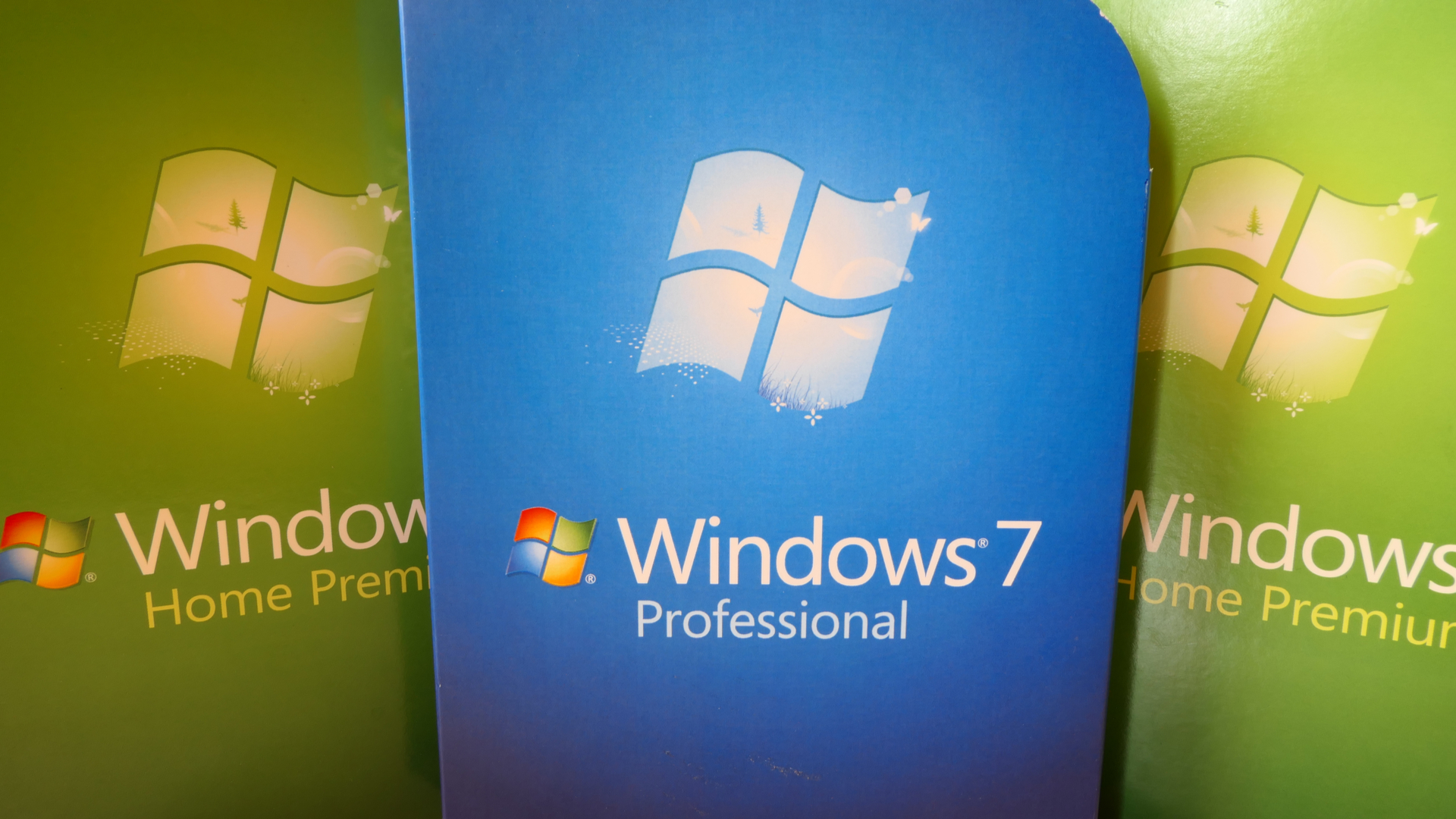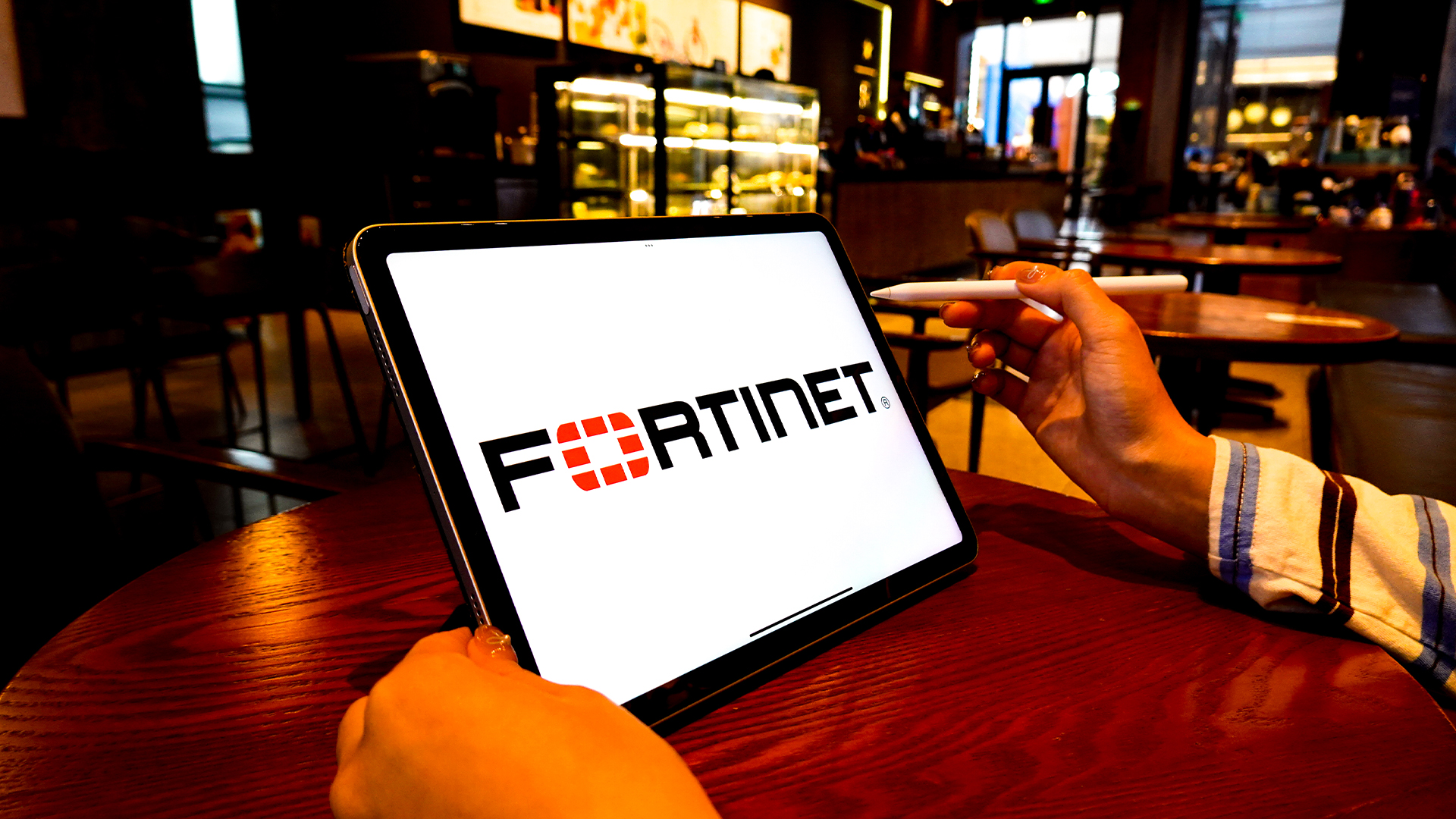Windows 7: Ease of use
Windows Vista probably had more opprobrium heaped on it than it truly deserved

From the early compatibility issues to the clumsily implemented Universal Account Control to the ineffective eye-candy of Flip 3D, Vista largely failed to make our computing lives easier.
Has Windows 7 raised the usability bar? Indisputably, magnificently, yes. The most obvious improvement comes in the form of the new desktop interface. Gone are the flat taskbar labels and fiddly Quick Launch icons next to the Start button; in come bold, chunky icons sitting in a beefed-up taskbar.
For the first time, applications can be "pinned" to the taskbar even if they're not open, meaning everyday apps such as email clients and web browsers are never more than a click away. What's more, taskbar icons can be dragged and dropped in your preferred order - settings that are retained even after the PC is shut down - so it soon becomes pure instinct to find, say, Outlook next to the Start button.
A right-click on each icon also reveals another excellent new feature: Jump Lists. Click Word's Jump List, for example, and up sprouts a list of recently opened documents - again accessible with a single click. As with the taskbar, items can also be pinned to Jump Lists - regularly used forms and templates tucked away in the nether regions of the company intranet are now easily within reach.
In some instances, Jump Lists provide shortcuts to features (such as Internet Explorer 8's InPrivate Browsing mode), and it's only a matter of time before software makers find even more time-saving uses for them.
The taskbar has its foibles: new software with an unfamiliar icon can be harder to recognise without its text label, and the practice of stacking multiple icons belonging to the same app on top of one another is unwieldy - especially when you have, say, three or four Word documents open at one time. But it's a welcome overhaul of a taskbar system that had outgrown its Windows 95 roots.
Snapping windows
Stay up to date with the latest Channel industry news and analysis with our twice-weekly newsletter
Many of the usability improvements in Windows 7 aren't as immediately apparent as the new taskbar. Drag a window to the top of the screen, for example, and it immediately fills the screen; drag it back down again and it returns to its original dimensions (Microsoft Word 2007 being a bizarre exception to the latter).
It's equally effortless to compare two documents side-by-side by dragging their respective windows to either edge of the screen, giving each precisely half the screen. Flip 3D, meanwhile, remains like a geriatric uncle in the armchair in the corner that everyone ignores.
Unlike early Vista systems, the Aero Glass interface and its transparency effects don't necessarily hamper performance. We've had it running smoothly on netbooks with 1.6GHz processors and a mere 1GB of RAM. That said, Windows 7 is snappier on netbooks with Aero Glass switched off.
Networking made easy
Networking is another area where significant progress has been made. The new HomeGroup feature makes accessing files on another Windows 7 PC on the home network almost as simple as retrieving files on the PC itself.
Installing printer drivers is now a one-off job, with PCs joining the homegroup automatically sharing the settings. Microsoft's decision to allow only Windows 7 PCs into homegroups seems a cheap trick to convince people to upgrade, but the emergence of Family Pack upgrades makes such shenanigans a little more palatable.
And, after more years of unnecessary dialog boxes than we care to remember, connecting to a Wi-Fi network is now merely a matter of left-clicking on the icon in the System Tray and choosing your network.
Talking of the System Tray, this too has been tidied up. Icons no longer spew forth - only three are permitted to show by default, with the rest tucked away in a pop-up overspill area. Meanwhile, the new Action Center (curiously represented by a white flag icon) swallows up all Windows updates, maintenance and backup issues, with pop-up reminders now thankfully banished.
The revamped User Account Control (UAC) is less needy, with a sliding scale of alert options ranging from Never to Always Notify. A step above Never is all that's needed to avoid pointless disruptions, but to still be warned in advance of major (or potentially malicious) activity.
Device management
The most impressive boost to usability in Windows 7, however, arrives with device management. Since Windows 7 remains wedded to the Vista code base, compatibility issues are kept to a minimum. Indeed, we've heard of only a handful of problems, most of which have been solved by using Windows Update and existing Vista drivers.
Impressively, driver software is almost redundant. We plugged in an ageing Canon Pixma MP450 all-in-one device, for example, and Windows 7 diligently hunted down drivers online and installed the hardware in less than 1min 30secs. No need for manufacturer CDs and the associated crapware. Installing the same device in Windows Vista, by comparison, required a manual hunt for drivers and a two-part installation.
Once installed, most hardware gets its own Device Stage - a screen devoted to that specific device, including shortcuts to functions such as scanning, printing and maintenance. The device is even designated its own taskbar icon, with an accurate picture of the hardware itself and a Jump List of commands.
The single caveat is that not all hardware manufacturers have embraced Device Stage to the extent Microsoft hoped, leaving you with the old-fashioned driver interface. Hopefully, this will change, and we also hope device manufacturers will embellish useful Device Stage with further shortcuts to online manuals and replacement ink cartridges, for instance.
The power of search
Even if a feature in Windows 7 isn't immediately apparent, the vastly improved Start menu search bar will help to hunt it down. Applications, Control Panel features, documents, email and other files are all searchable from the Start menu, with results appearing as you type. The indexing has no noticeable impact on system performance and results are accurate.
The results provide more than a simple text match; type "disk space", for example, and the option to defragment your hard drive appears, although neither of the search terms appears in the feature's title.
Windows 7, at last, feels like an OS that wants to work with, rather than against, you; an OS where the front-end has been designed with care, rather than carried over from the previous version. Windows 7 is, in terms of usability at least, the front-end that Vista has long deserved.
Nik Rawlinson is a journalist with over 20 years of experience writing for and editing some of the UK’s biggest technology magazines. He spent seven years as editor of MacUser magazine and has written for titles as diverse as Good Housekeeping, Men's Fitness, and PC Pro.
Over the years Nik has written numerous reviews and guides for ITPro, particularly on Linux distros, Windows, and other operating systems. His expertise also includes best practices for cloud apps, communications systems, and migrating between software and services.
-
 Two Fortinet vulnerabilities are being exploited in the wild – patch now
Two Fortinet vulnerabilities are being exploited in the wild – patch nowNews Arctic Wolf and Rapid7 said security teams should act immediately to mitigate the Fortinet vulnerabilities
-
 Coursera and Udemy eye AI training dominance in $2.5bn merger
Coursera and Udemy eye AI training dominance in $2.5bn mergerNews The deal between Coursera and Udemy will create a $2.5bn company to help workers learn AI – and retrain for jobs replaced by it